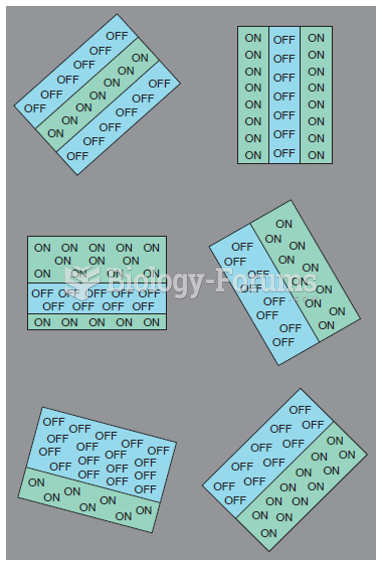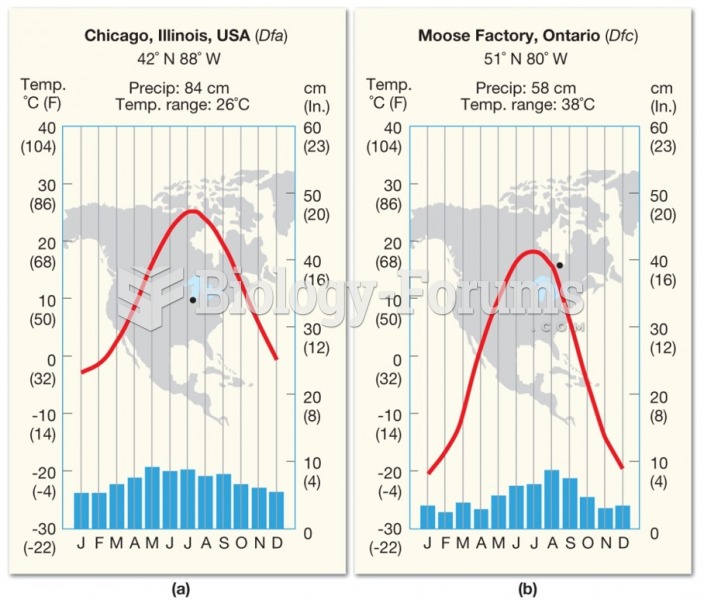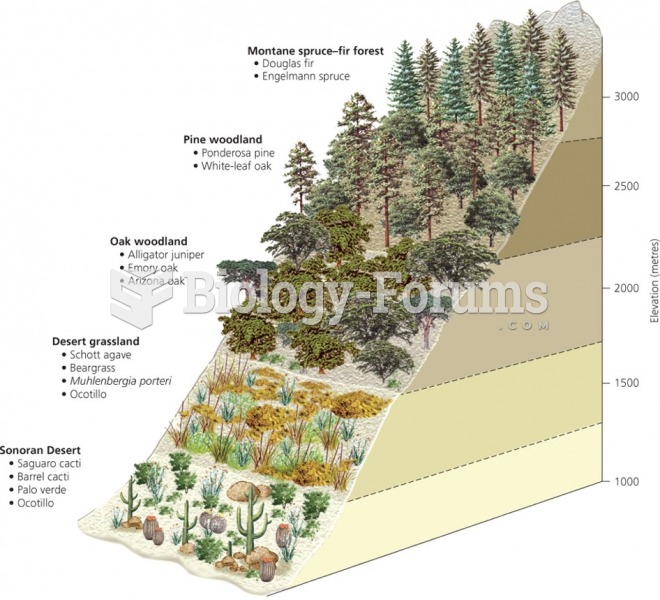Answer to Question 1
The two main glacier groups based on their form, size, and flow characteristics are alpine glaciers and continental ice sheets. With few exceptions, glaciers in a mountain range are alpine glaciers (also called mountain glaciers). Alpine glaciers can be further classified into several subtypes. A valley glacier is a mass of ice confined into a stream-formed valley. A cirque glacier is one which forms within the snow filling a cirque. A piedmont glacier is formed wherever several valley glaciers pour out of their confining valleys and coalesce at the base of a mountain. A tidewater glacier (tidal glacier) is an alpine glacier that ends in the sea.
By contrast, an ice sheet is an extensive, continuous mass of ice that occurs over a landmass. Most of the Earth's glacial ice exists in ice sheets. Ice sheets dominate 81 of Greenland and 90 of Antarctica. These ice sheets have enormous mass and cause isostatic depression of the land mass upon which they reside. They have a thickness over 3,000 m (9,800 ft). At the edge of ice sheets are ice shelves, permanent masses of ice that extend out over the sea.
In addition to ice sheets, ice caps and ice fields have continuous ice cover, but on a smaller scale than ice sheets. An ice cap is roughly circular and cover and area of less than 50,000 km2 (19,300 mi2). An ice field extend in an elongated pattern over a mountainous region, but is not extensive enough to form an ice cap.
Answer to Question 2
The major factors influencing the weathering process include: rock composition and structure; climate; slope orientation; subsurface water; vegetation; and time.
Differential weathering: Rarely does weathering occur evenly within a single-landform due to subtle inconsistencies in rock composition, depressions in the land, etc. As a results, rocks of the same composition and structure in the same area may still weather at different rates.







